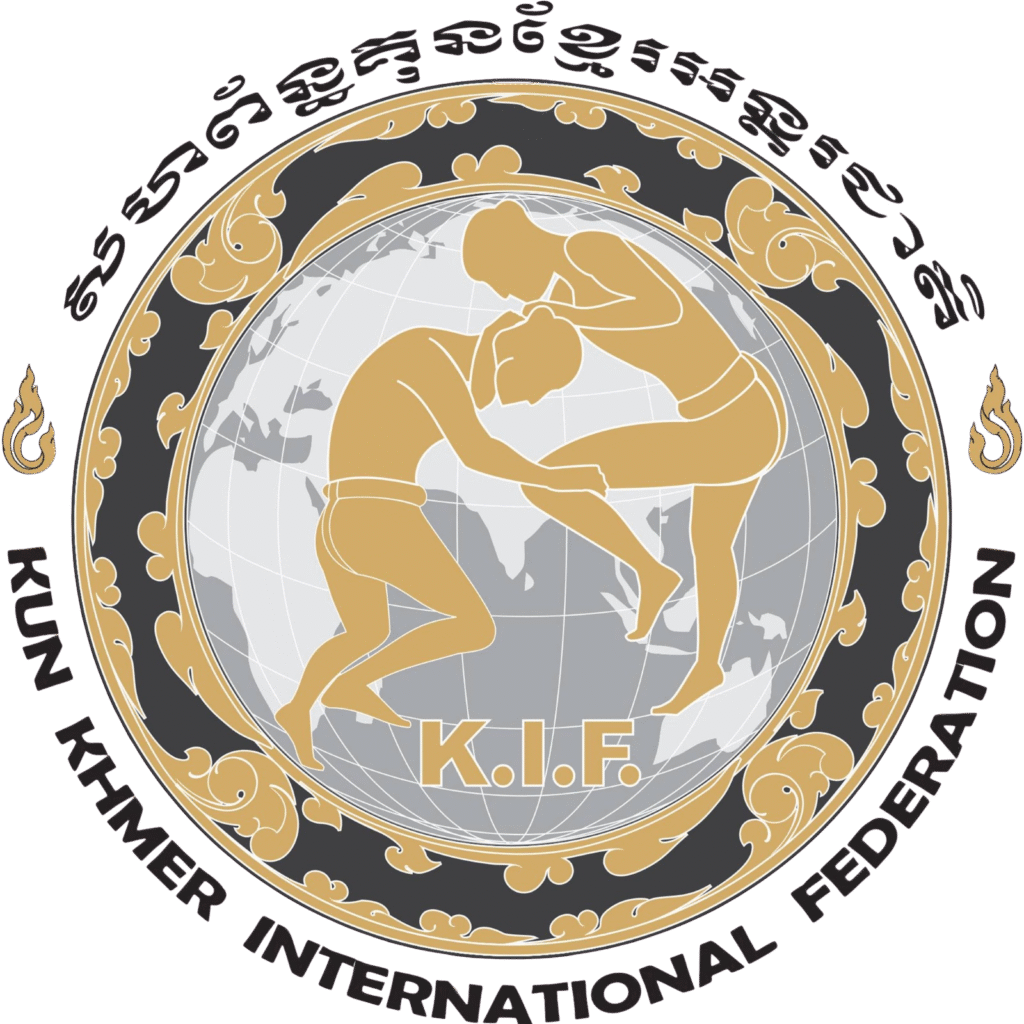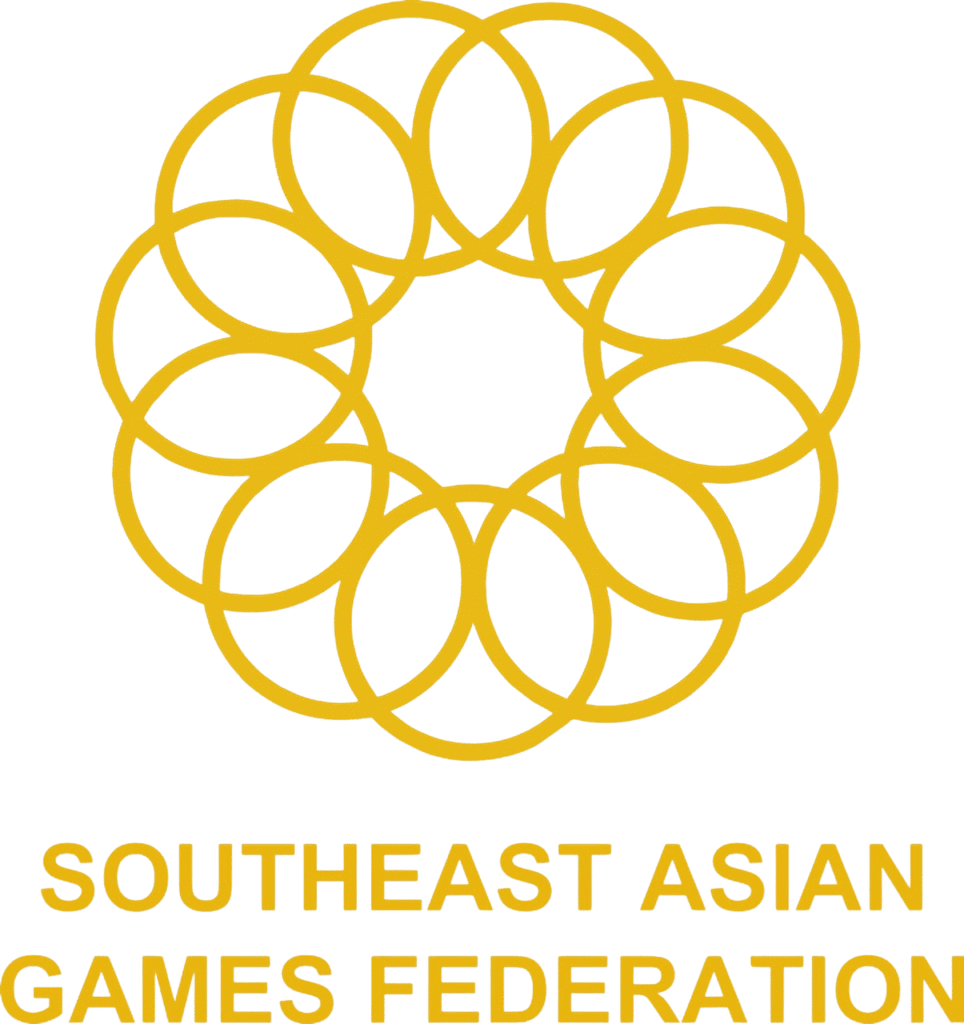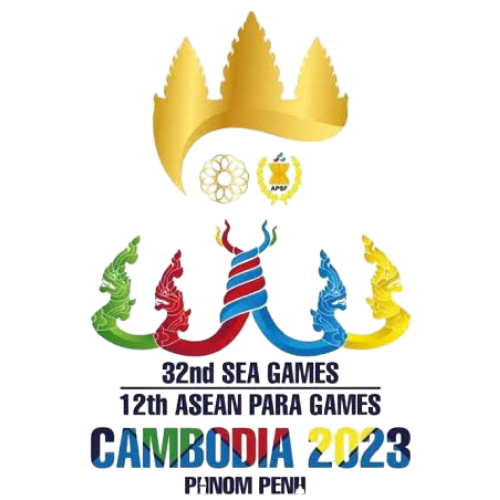

ASSOCIATION OF KUN KHMER FEDERATION - INDIA
Sole National Governing Federation for the Sport of Kun Khmer in INDIA
Affiliated With
KUN KHMER INTERNATIONAL FEDERATION
Kun Khmer Included In
32nd SOUTH EAST ASIAN ( SEA ) GAMES
Recognized by
OLYMPIC COUNCIL OF ASIA


KUN KHMER

KUN KHMER
Kun Khmer is Khmer Martial Art’) is a combat sport that originated in Cambodia. The sport consists of stand up striking and clinch fighting, where the objective is to knock an opponent out, force a technical knockout, or win a match by points. The sport was codified in Cambodia by the French colonial administration in the early 20th century, and was derived from centuries-old traditions, the close-quarter combat system used during the Khmer Empire. The official Khmer name of the sport is Kbach Kun Pradal Khmer lit. ’Khmer Martial Art of Boxing’).
Kun Khmer focuses on standup striking using punches, kicks, knees, and elbows, clinch fighting. The emphasis is on landing hard kicks and punches and securing a dominant clinch position from which fighters can land hard elbows.
Practitioners learn how to strike with all limbs both at a distance and inside the clinch. They compete inside the squared ring wearing boxing gloves and under the official rules set.
In contrast to similar martial arts, Kun Khmer stands out for its emphasis on close-range combat using elbow and knee strikes as primary weapons.
The Rich History of Kun Khmer
The earliest records of Kun Khmer can be traced all the way back to the Khmer Empire which ruled from the 9th to the 15th centuries. Initially, it was developed by the Khmer military as a hand-to-hand combat system to fight against armed and unarmed enemies. During this period, the empire ruled most of the modern Southeast Asian countries like Thailand, Cambodia, and Vietnam, with most of these countries adopting the practice of Kun Khmer.
France organized its own athletes to face off against Cambodian athletes. Recognizing the impressive capabilities of Khmer martial arts, particularly in the use of elbows, knees, fists, and other lethal techniques, including those that could result in neck injuries, the French administration introduced a modified version of boxing. This new sport mandated that all participants wear gloves, imposed time limits on matches, instituted rest periods, and prohibited certain techniques to mitigate risks to life. The intention behind this French initiative was to restrict the abilities of Khmer competitors while providing an opportunity for French athletes familiar with Khmer martial arts to secure victories in the contests. Subsequently, this definition evolved into the established rules of the game, leading to its recognition as a popular sport. Freestyle boxing (pradal serey) represents a fusion of the universal sport of boxing, rooted in European tradition, and the traditional martial arts of the Khmer culture. Through an agreement between French and Cambodian working groups, specific regulations were implemented, including prohibitions on additional time for falls, neck strikes, the use of protective gear, and other lethal techniques. This sport gained popularity during the French colonial period and subsequently spread to Thailand, Vietnam, Laos, and various other nations under the French sphere of influence.
The introduction of boxing rings, rounds, and gloves, as well as the prohibition of life-threatening techniques, transformed the local martial arts into a sport. With those new sets of rules, French and Khmer boxers would compete against each other in tournaments.[16] In the 1960s, Cambodian boxing promoters held inter-martial arts exhibitions.
Modern Practice
Along with certain modifications to training and techniques, Kun Khmer was slowly evolving into a legitimate sport that would see a big rise in popularity during the Rouge Era (1975–1979).
The Cambodian government connects with its cultural roots and preserve martial arts practices.
In recent years, Kun Khmer has gained recognition on the international stage by conducting 5 World Championships. The sport has become popular in Cambodia and beyond, with organized competitions and events aired on the region’s biggest sports networks.
KUN KHMER IN 32ND SEA GAMES

In 2023 Cambodian martial arts “Kun Khmer” was officially included for the 32nd SEA Games – a historical branding of the Khmer ancient martial arts in the event.
The official inclusion of the sport to the games also reflected the effort of the Cambodian SEA Games Organising Committee (CAMSOC) in preserving the sport.
Kun Khmer athletes were ready and highly committed to overcome the games and win gold medals for the nation, in sea games
seven countries including Cambodia, Laos, Malaysia, Myanmar, Indonesia, Philippines, and Vietnam participated in SEA Games.